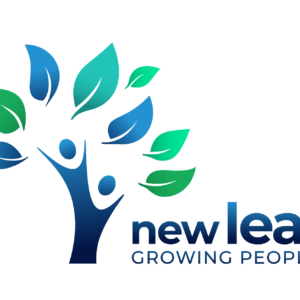Use eLearning To Stay Ahead
This is the year to start thinking about your education, but only if you want to stay ahead. Your employees will demand it anyway.
1. Back Up Your Strategies, Not Your Classrooms
New data indicates that 77% of new learning courses will be delivered through an app or online platform in 2020. It's the future, and it means teachers are dead. The new breed of teachers may be virtual learners themselves, so they are no longer needed to meet the classroom standard.
If you are training someone to take a high school equivalency test or better their coding skills, consider what you can offer through your training resources. Cloud-based video, text, and whiteboard lessons are easy to access anywhere. On-demand videos are another option. The options are almost endless.
2. Implement The Fastest, Most Efficient Workforce Anywhere
The majority of new jobs are expected to be created through an Artificial Intelligence environment, according to the Center for Applied BI and Analytics at the University of Maryland. Bots will take over the "dirty work" and free humans to focus on new jobs.
Universities are starting to realize the need for massive upgrades to accommodate these changes. New courses will emphasize emerging technology and automation. Artificial Intelligence courses will be common for employees to know about and for IT to hire for.
The long-term consequences are huge, and the pace of change is unprecedented. But it's here, and we can expect massive shifts in how we teach, educate, and train. The future is only a year away, but how well prepared are you?
3. Time To Upgrade Your Classroom
Whether it's a 10-year-old that has surpassed your expectations or an employee you're searching to keep on top of your competitive edge, you've got a growing list of applicants. To bring in more revenue, companies are investing heavily in courses and coaching. As hiring grows, schools are looking for new ways to do this. Teaching is now about more than meeting curriculum requirements. It's about preparing students to function in real-world environments.
There are no shortcuts around meeting Learning and Development requirements, this will always remain an investment, but schools are feeling the pressure to compete with training and development on a different level. You can no longer just meet the basic requirements.
4. It's Time To Take Your Knowledge To The Next Level
Universities are, for the most part, tied to a classroom model. They only open their doors at certain times of the year, and most of the courses are held in the morning. The result? Most students don't spend enough time in the classroom to get the most out of their education. They don't receive the best faculty or professional development.
Now is the time to begin thinking about creating and providing online courses to build a pipeline of talent for your organization. For the first time ever, everyone can take a course from an academic expert through an online platform. It's a powerful change, but one that is now here to stay.
5. Ready Or Not, The Real World Is Here
The American worker is now expected to be ready for anything. If there is a crisis or a disaster, there is an expectation that everyone will be able to do their job to the best of their ability. Employees have always worked in the real world, but the expectations on the job are now much higher.
People are expected to be ready to work virtually or in the most efficient way possible. It is expected that the best software programs will work flawlessly and be maintained without breaking. The software should not require frequent updates or a lot of assistance to maintain it.
We are, unfortunately, experiencing issues across the industry, from education to big business. People who work in these sectors are dealing with this reality and are trying to figure out how to change. It can be frustrating. But it is the only way to change quickly enough.
This is just a glimpse of the trends and issues that are causing schools to make these types of changes. It's a new day for education, and education leaders are listening. For every trainee who completes your program, there are multiple applicants who will come after them to take the courses you can't offer. It's a good problem to have, but one that you will need to solve.









